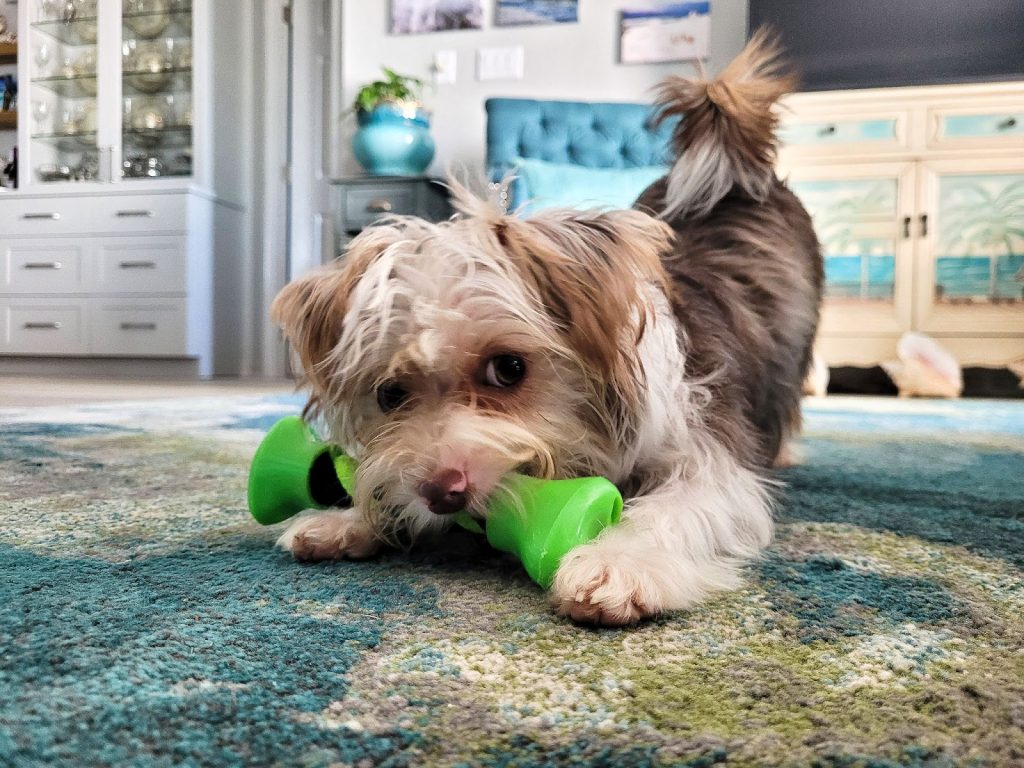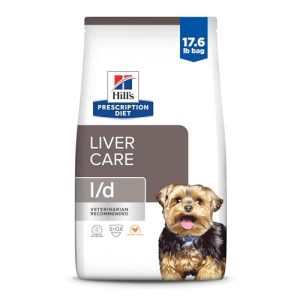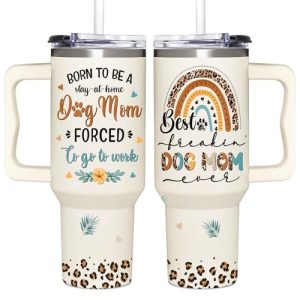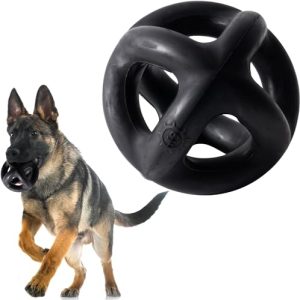Have you ever wondered why your dog loves to play with toys? It’s not just about fun—there’s a lot more going on beneath those wagging tails and joyful barks.
Understanding why dogs play with toys can help you connect better with your furry friend and keep them happy and healthy. Keep reading to discover the surprising reasons behind this playful behavior and how you can use toys to strengthen your bond.
Your dog’s next favorite toy might just be the key to a happier, more active pet!

Credit: www.aol.com
Instincts Behind Toy Play
Dogs play with toys because it feels natural to them. Their actions come from deep instincts and behaviors. Understanding these helps us see why toys matter.
Toys are not just fun; they connect to what dogs need and want. These needs come from their wild ancestors and their early life as puppies.
Hunting And Chewing Drives
Dogs have strong hunting and chewing instincts. Toys let them practice these natural skills safely at home. Chewing also helps keep their teeth clean and strong.
- Chasing toys mimics hunting prey.
- Chewing satisfies the need to gnaw.
- Toys can reduce boredom and stress.
- These actions keep dogs mentally sharp.
Puppy Play Behavior
Puppies use toys to learn how to play and interact. Play helps them grow social skills. It also teaches bite control and how to share.
| Play Behavior | Purpose |
|---|---|
| Biting and mouthing toys | Learn gentle biting |
| Chasing moving toys | Practice hunting skills |
| Sharing toys with others | Build social bonds |
Natural Exercise Needs
Toys help dogs get exercise without leaving home. Moving, fetching, and chewing all use energy. This keeps dogs healthy and happy.
- Toys encourage physical activity.
- Exercise supports muscle and bone health.
- Active play prevents behavior problems.
- Regular play keeps dogs mentally fit.
Mental Benefits Of Toys
Toys are not just fun for dogs. They help dogs grow mentally strong. Playing with toys keeps their minds active and sharp.
Dogs use toys to learn new things and stay happy. Mental exercise is as important as physical play for dogs.
Problem-solving Skills
Toys that challenge dogs help them think and solve problems. Puzzle toys make dogs figure out how to get treats inside.
These toys improve dogs’ brain power and keep their minds busy. They learn to try different ways to succeed.
- Teaches dogs to focus and think
- Encourages creativity and patience
- Improves memory and learning
Relieving Boredom And Anxiety
Toys help stop dogs from feeling bored or anxious. Chewing or playing with toys keeps them calm and relaxed.
When dogs have toys, they are less likely to chew on furniture or act out. Toys give their minds a healthy focus.
- Prevents destructive behavior
- Reduces stress and nervousness
- Keeps dogs busy when alone
Boosting Confidence
Playing with toys helps dogs feel proud and happy. Figuring out how a toy works gives them a sense of success.
Confident dogs are less shy and more willing to try new things. Toys can help build this positive attitude.
- Increases self-esteem
- Encourages independence
- Helps dogs enjoy new challenges
Social And Emotional Reasons
Dogs play with toys for many social and emotional reasons. Toys help dogs feel happy and connected.
Playing with toys also supports dogs’ natural instincts and emotional needs.
Bonding With Owners
Playing with toys helps dogs build strong bonds with their owners. When owners join in play, dogs feel loved and secure.
Toys offer a way for owners and dogs to spend quality time together. This shared activity strengthens trust.
Playing With Other Dogs
Toys encourage social play between dogs. Dogs use toys to invite others to join their fun.
Playing with other dogs helps dogs learn social skills. They practice sharing, taking turns, and communication.
Expressing Joy And Excitement
Toys let dogs show their happiness and excitement. Dogs wag their tails and jump while playing with toys.
Playtime with toys helps reduce stress and keeps dogs mentally healthy. It is a natural way to express positive feelings.
Choosing The Right Toys
Dogs love to play with toys for fun and exercise. Choosing the right toy keeps them happy and safe.
Different toys suit different dogs. Picking the best toy helps your dog enjoy playtime more.
Material And Safety Considerations
Choose toys made from safe materials. Avoid toys with small parts that dogs can swallow.
Look for durable toys that can handle chewing. Soft toys may break easily and cause choking.
- Use non-toxic materials like rubber or tough fabric
- Avoid toys with loose pieces or sharp edges
- Pick the right size to prevent choking
- Check toys often for damage and replace if needed
Matching Toy To Dog’s Personality
Some dogs like to chew, while others like to fetch or cuddle toys. Match toys to their play style.
Active dogs may enjoy balls or frisbees. Calm dogs might prefer soft toys or puzzles.
- Chewers need strong, durable toys
- Fetch lovers enjoy balls and flying discs
- Problem solvers like puzzle toys
- Cuddlers like plush or soft toys
Interactive Vs Solo Play
Interactive toys need your help and keep dogs engaged with you. Solo toys allow dogs to play alone.
Both types are important. Use interactive toys for bonding and solo toys for independent fun.
- Interactive toys include tug ropes and fetch toys
- Solo toys include chew bones and puzzle feeders
- Rotate toys to keep your dog interested
- Supervise playtime to ensure safety
Signs Your Dog Needs More Play
Dogs love to play. It helps them stay happy and healthy. Knowing when your dog needs more play is important.
Watch your dog’s behavior and energy to see if they want more fun and games.
Behavioral Clues
Your dog shows many signs when they need more playtime. They may start chewing things they should not.
- Barking more than usual
- Digging holes in the yard
- Restlessness or pacing
- Trying to get your attention often
- Destroying toys or household items
Energy Levels And Restlessness
If your dog seems restless, they might need more play. High energy dogs need daily activity to stay calm.
| Energy Sign | What It Means |
|---|---|
| Jumping on people | Needs to release energy |
| Running in circles | Looking for playtime |
| Excessive whining | Feeling bored or anxious |
| Heavy panting when not hot | Stress or too much energy |
Impact On Health
Play affects your dog’s health in many ways. Lack of play can cause problems.
Signs that health may be affected include:
- Weight gain from lack of exercise
- Weak muscles and joints
- Stress leading to digestive issues
- Lowered immune system
- Increased risk of behavior problems
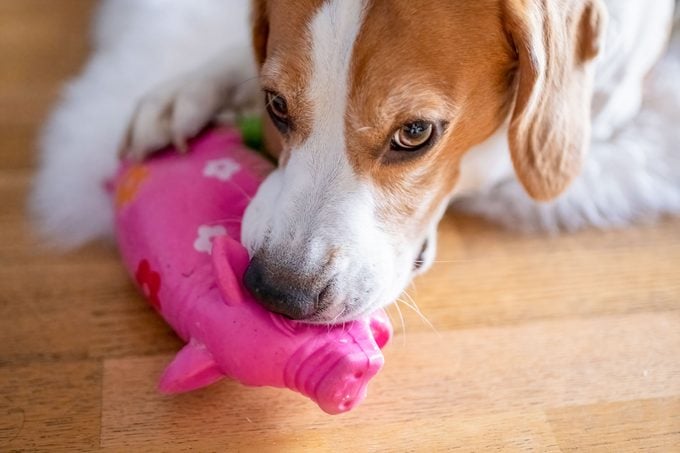
Credit: www.rd.com
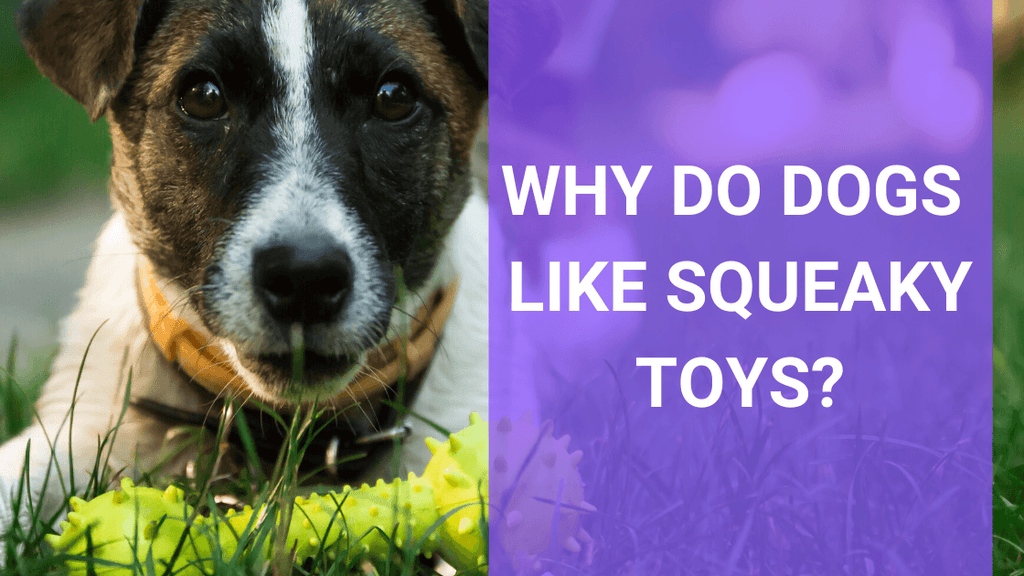
Credit: www.monsterk9.com
Frequently Asked Questions
Why Do Dogs Enjoy Playing With Toys?
Dogs enjoy toys because they provide mental stimulation and physical exercise. Toys also satisfy their natural chewing and hunting instincts, keeping them entertained and reducing boredom.
How Do Toys Benefit A Dog’s Health?
Toys help improve a dog’s dental health by reducing plaque and tartar. They also promote exercise, which supports weight management and overall physical fitness.
Can Playing With Toys Reduce Dog Anxiety?
Yes, toys can reduce anxiety by providing comfort and distraction. Chewing and playing release endorphins, which help calm stressed or nervous dogs.
What Types Of Toys Do Dogs Prefer?
Dogs prefer toys that mimic prey, like balls or squeaky toys. Durable chew toys and interactive puzzles are also popular for mental engagement.
Conclusion
Dogs play with toys to stay happy and healthy. Toys help them use energy and reduce stress. Playing also keeps their minds sharp and bodies strong. It builds a bond between dogs and their owners. Choosing the right toy matters for safety and fun.
Watching your dog enjoy toys brings joy to both of you. Remember, playtime is an important part of a dog’s life. Keep toys clean and replace them when worn out. This simple habit helps your dog live a joyful, active life.

Emily Barker is the founder of ChillDogLife.com, a space dedicated to helping pup parents discover the best dog products, lifestyle tips, and cozy ideas for happier homes.
A lifelong dog lover, Emily combines her passion for pets with a knack for research to share trusted recommendations on everything from toys and furniture to health and everyday care.
Her goal is simple: to make life easier, stylish, and more joyful for dogs and the people who love them.
